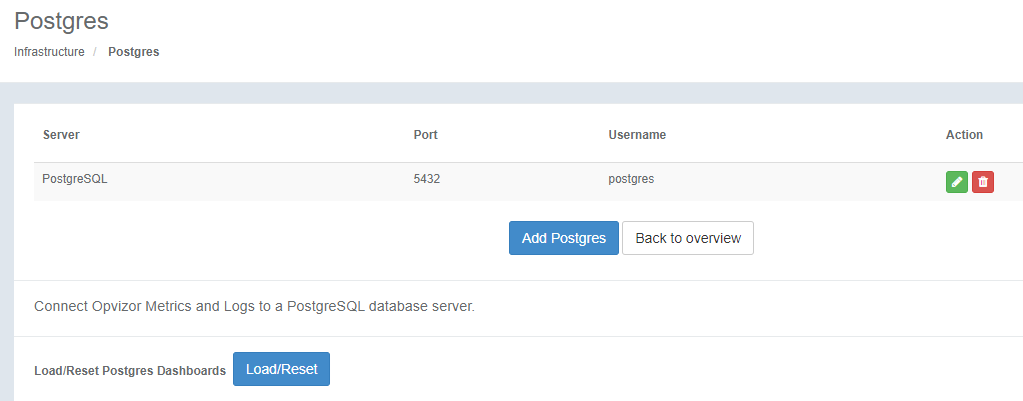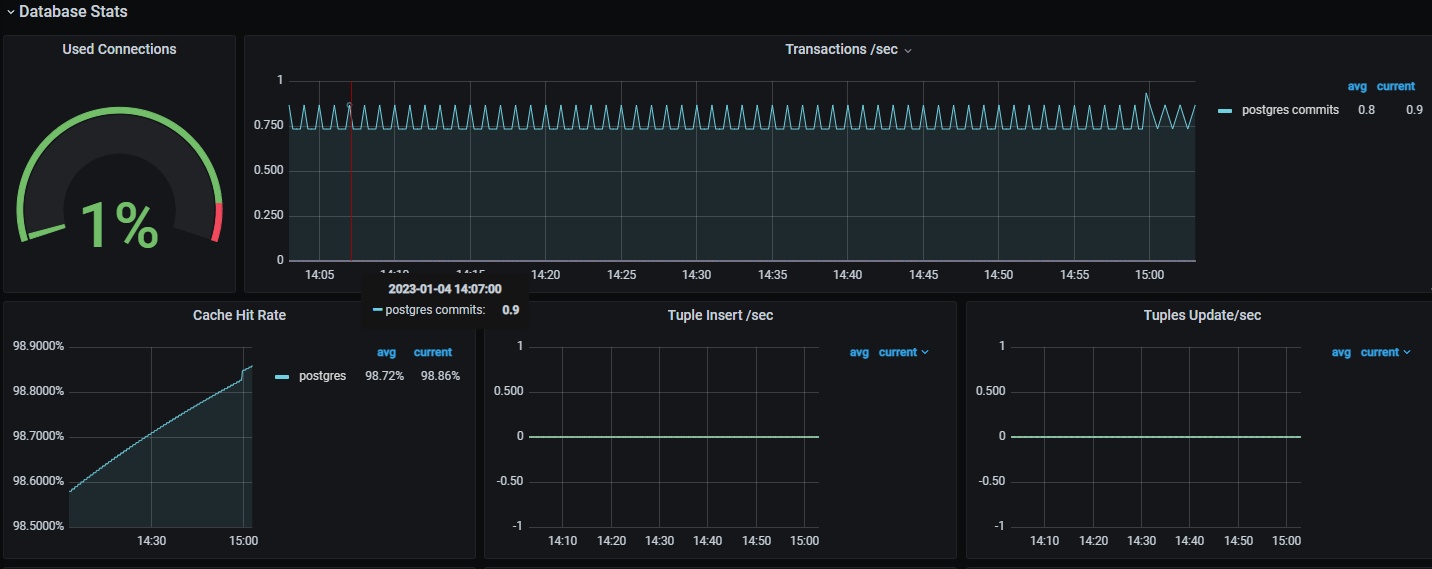Achieve Optimal PostgreSQL Performance: Why You Need to Start Monitoring Your Virtual Machines Now!
PostgreSQL is a powerful, open-source, object-relational database management system (ORDBMS) that is used by many organizations to store and manage critical data. But like any other system, PostgreSQL is not immune to performance issues. To ensure that your PostgreSQL system is running optimally, it is essential to monitor its performance. In this blog, we will discuss why monitoring PostgreSQL is important, how to monitor it, and the best practices for PostgreSQL performance monitoring.
There are various tools available for monitoring PostgreSQL databases, including native tools such as the pg_stat_activity view and the pg_stat_database view, as well as third-party tools like Nagios and Zabbix.
These tools can be used to monitor the performance of the database server in real-time, as well as to alert administrators when certain thresholds are met or exceeded.
It is important to monitor the full stack including the Hypervisor, the virtual machine performance, the storage, and the network performance. Opvizor is the easiest solution to provide you all in one.
https://app.arcade.software/share/ZVDaSK8535cBSgOBxDMM
Introduction to PostgreSQL and Performance Monitoring
PostgreSQL is one of the most popular and widely used open-source relational databases in the world. It is highly scalable, easy to use, and provides robust support for large volumes of data. PostgreSQL is used by many organizations and businesses to store, manage, and analyze data.
However, like any other system, PostgreSQL can suffer from performance issues if not monitored properly. Performance monitoring involves collecting and analyzing data about the system's performance and usage. This data can be used to identify and address potential performance issues before they become major problems.
Benefits of PostgreSQL Performance Monitoring
Performance monitoring has many benefits for an organization. By monitoring their PostgreSQL system, organizations can detect and address performance issues before they become major problems. This helps to ensure that the system is running optimally and that the data stored in the system is secure and reliable. Additionally, performance monitoring can help to identify opportunities for system optimization.
Performance monitoring can also help organizations to save money by identifying and addressing potential performance issues before they become major problems. This can help to reduce system downtime and increase system efficiency. Additionally, performance monitoring can help organizations to better understand how their system is being used and can help them to identify areas for improvement.
Why You Should Monitor Your Virtual Machines
Performance monitoring is especially important for virtual machines (VMs). VMs are often used to host PostgreSQL databases, and they can be prone to performance issues. Monitoring the performance of VMs can help to identify potential performance issues before they become major problems. Additionally, monitoring VMs can help to ensure that they are running optimally and can help to identify opportunities for system optimization.
Steps to Monitor PostgreSQL Performance
The first step to monitoring PostgreSQL performance is to identify the areas that need to be monitored. This includes monitoring the system's memory usage, CPU utilization, disk usage, and network activity. Additionally, it is important to monitor the system's performance over time to identify any potential performance trends or issues.
Opvizor supports you by integrating with VMware vSphere to gather all information from the underlying physical and virtual hardware, getting Windows or Linux metrics and PostgreSQL internals.

Tips for Optimizing PostgreSQL Performance
Once you have set up monitoring tools for PostgreSQL, there are a few tips that can help to optimize the performance of your system. First, it is important to ensure that the system has enough memory and disk space to support its current workload.
Additionally, it is important to ensure that the system is configured correctly and that the PostgreSQL configuration parameters are set to the optimal values. Finally, it is important to ensure that the system is regularly backed up and that any necessary patches are applied in a timely manner.

PostgreSQL Monitoring Tools
There are many tools available for monitoring PostgreSQL performance. Open-source tools such as pg_stat_statements and pg_stat_activity can be used to monitor the system's performance over time. Additionally, there are many commercial tools available, such as Opvizor, that can be used to monitor PostgreSQL performance. These tools provide detailed performance metrics and can help to identify potential performance issues before they become major problems.
Furthermore, you need to make sure that the monitoring tool can dig into the database sessions itself to detect slow queries.

Best Practices for PostgreSQL Monitoring
When it comes to monitoring PostgreSQL performance, there are a few best practices that should be followed. First, it is important to ensure that the monitoring tools are configured correctly and that they are collecting the necessary data. Additionally, it is important to ensure that the monitoring tools are regularly updated to ensure that they are collecting the most up-to-date data. Finally, it is important to regularly review the data collected by the monitoring tools to identify any potential performance issues.

PostgreSQL Performance Monitoring in the Cloud
PostgreSQL performance monitoring is also important for systems hosted in the cloud. Cloud-based systems are often distributed over multiple virtual machines and require different monitoring tools to ensure that they are running optimally. Additionally, cloud-based systems often require more frequent monitoring to ensure that they are running optimally and that any potential performance issues are identified and addressed quickly.
Opvizor can connect to any PostgreSQL database deployment.
Conclusion
Monitoring PostgreSQL performance is essential for ensuring that the system is running optimally and that any potential performance issues are identified and addressed quickly. Performance monitoring can help to identify potential performance issues before they become major problems and can help to ensure that the system is running optimally. Additionally, performance monitoring can help organizations to save money by identifying and addressing potential performance issues before they become major problems.
Finally, there are many tools available, such as Opvizor, that can be used to monitor PostgreSQL performance. By following the tips outlined in this blog, you can ensure that your PostgreSQL system is running optimally and that any potential performance issues are identified and addressed quickly.
Start a free Opvizor trial to monitor and optimize your PostgreSQL performance!